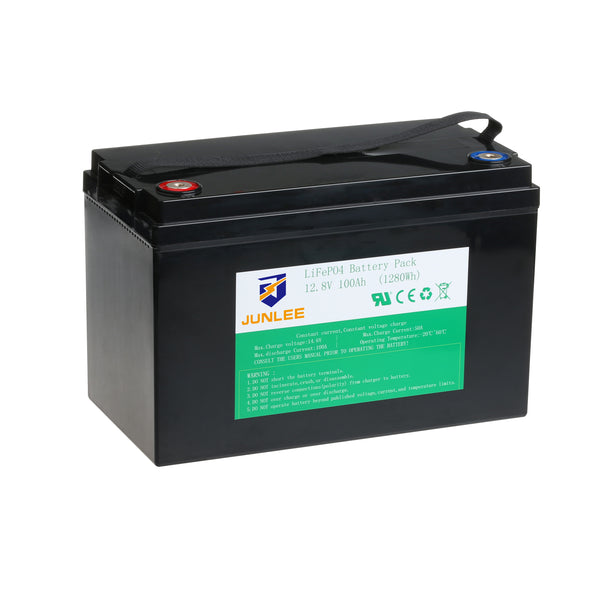Find top-rated Lithium Battery for sale at the best prices
skype:Junlee-ashley
+86 13434236097
The four stages of charging lithium-ion batteries
The basic adjustment of the lithium battery charging head is the special current and battery charging working voltage to ensure safe charging. Adding other battery charging functions is to increase the number of battery cycles and simplify the actual operation of the charging head, including the application of trickle charging, battery voltage testing, critical current limit, charging after charging and closing the charging head, and charging after partial charging and discharging.
The charging method of the lithium battery is a constant current limiting power supply operated by the IC chip. The typical charging method is to check the working voltage of the rechargeable battery. If the working voltage is less than 3V, it should be precharged first, and the current is 1/10 of the set current. , The working voltage rises to 3V, and then enters the whole process of charging. The entire battery charging adjustment process is as follows: set the current for constant current charging, when the battery voltage rises, change to constant current charging to maintain the working voltage of battery charging. At this point, the current slowly decreases, and when the current decreases to 1/10 of the current set, the battery is charged.
The four stages of charging lithium-ion batteries indicate:
Phase 1: Trickling charge-Trickling charge is used for pre-charging (continuous charging of the battery) to the rechargeable battery module. When the battery voltage is less than 3v, the trickle charging is selected, and the trickle charging current is one-tenth of the constant current (for example, the trickle charging current is 100ma).
Phase 2: Constant flow battery charging-when the battery voltage rises above the trickle charge threshold, the current rises to achieve constant flow battery charging. The charging current of the constant current battery is in the middle. With the charging process of the constant current power battery, the battery voltage gradually increases.
Stage 3: Constant current source battery charging-when the battery voltage rises, the constant current source battery is charged, and the constant current source battery charging link has just started. The current is based on the saturation state of the lithium ion core, and the recurrent during the whole process of battery charging is gradually reduced from the highest value. (c is a method to compare the current and the capacity of the rechargeable battery, for example, the rechargeable battery is 1000mah, and 1c is 100ma).
Stage 4. Battery charging stops.
There are two typical charge termination methods: minimum current resolution or time (or). The minimum current method is used to monitor the current of the constant current source battery charging link and stop charging when the current is lower than the current. The second method is to stop the entire process after the battery is charged for two hours.
The four-ring charging method is used to charge and discharge rechargeable batteries up to 3 hours. At the same time, a large number of safety precautions have been selected for advanced charging heads. For example, if the battery temperature exceeds a specific dialog box (typically 0c to 45c), battery charging will stop. After charging, if the detected battery voltage is less than the battery will be charged.
Leave a comment


